Types of Dragonflies are among the most fascinating and beautiful insects in the natural world. Their vibrant colors, agile flight, and intriguing behaviors make them a subject of fascination for nature enthusiasts and scientists alike. In this comprehensive guide, we will explore the different types of dragonflies, delve into their anatomy, life cycle, behavior, and more, helping you understand these remarkable creatures better with the help of pictures of dragonflies.
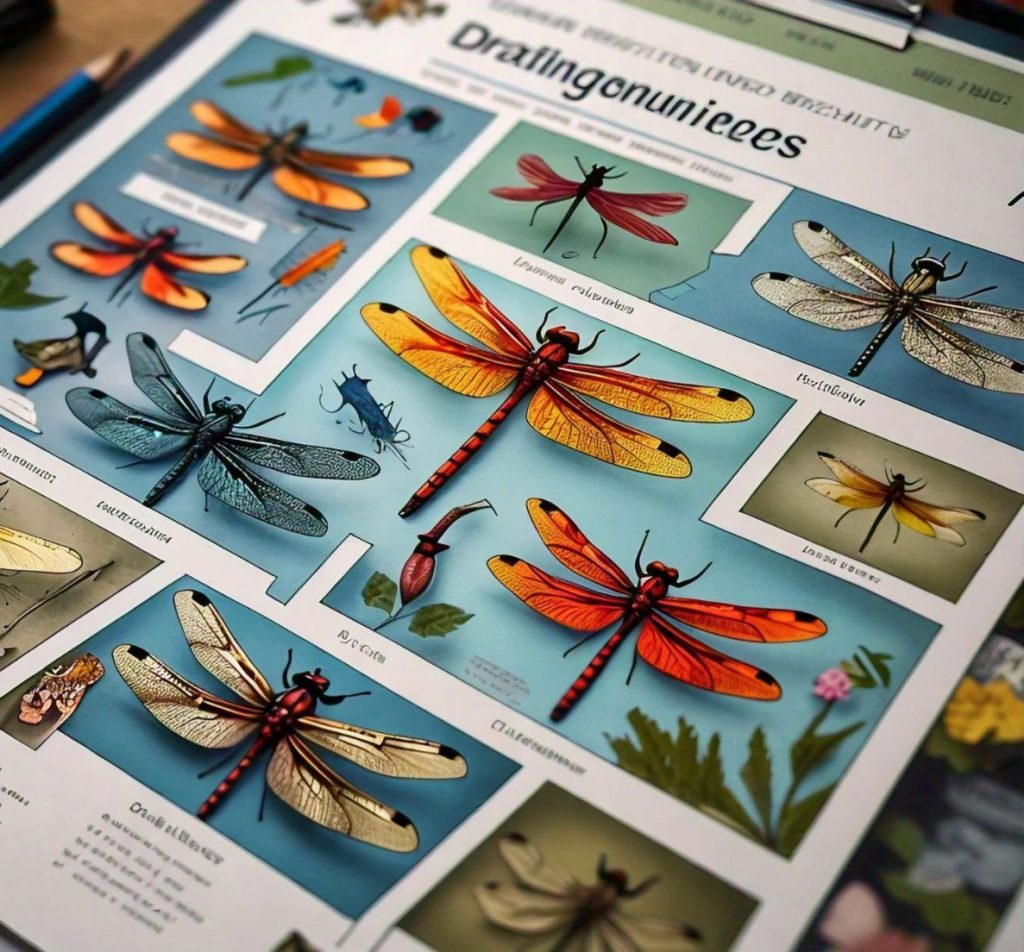
Understanding Dragonfly Anatomy
Types of Dragonflies belong to the order Odonata, which includes both dragonflies and damselflies. The anatomy of a dragonfly is specially adapted for their predatory lifestyle and agile flight. Here question arises do dragon flies bite?
- Dragonfly Wings: Dragonflies possess two pairs of wings that are strong and transparent. Unlike other insects, their wings can move independently, allowing them to change direction rapidly, hover in place, and even fly backward. This agility is key to their success as predators.
- Dragonfly Eyes: One of the most distinctive features of dragonflies is their large compound eyes, which occupy most of their head. These eyes provide them with nearly 360-degree vision, allowing them to detect movement from almost any direction. This visual acuity makes them formidable hunters, as they can track and catch prey mid-air.
- Dragonfly Nymph: The larval stage of a dragonfly is known as a nymph. Unlike the adults, dragonfly nymphs are aquatic and have a stocky body. They are equally predatory and use a unique extendable jaw to catch prey. Nymphs are key indicators of water quality, as they require clean, unpolluted water to thrive.
The Life Cycle of Dragonflies
The life cycle of Types of Dragonflies is divided into three main stages: egg, nymph, and adult. Understanding this cycle is crucial for identifying the different types of dragonflies. we also come to know how long do dragonflies live?
- Egg Stage: In dragon flies mating female dragonflies lay their eggs in or near water. Depending on the species, eggs may be deposited on aquatic plants, submerged wood, or directly in the water. The choice of egg-laying site can vary significantly between species, reflecting the diversity of dragonfly habitats.
- Nymph Stage: Once hatched, dragonfly nymphs live underwater, where they grow and develop over several months to years. They are voracious predators, feeding on aquatic insects, tadpoles, and even small fish. The nymph stage can last up to five years, depending on the species, and is the longest stage in a dragonfly’s life.
- Adult Stage: After completing the nymph stage, dragonflies undergo metamorphosis. They emerge from the water, shed their exoskeleton, and transform into winged adults. Adult dragonflies are aerial predators, feeding on smaller insects like mosquitoes, flies, and bees. Their presence in ecosystems is crucial for controlling pest populations.
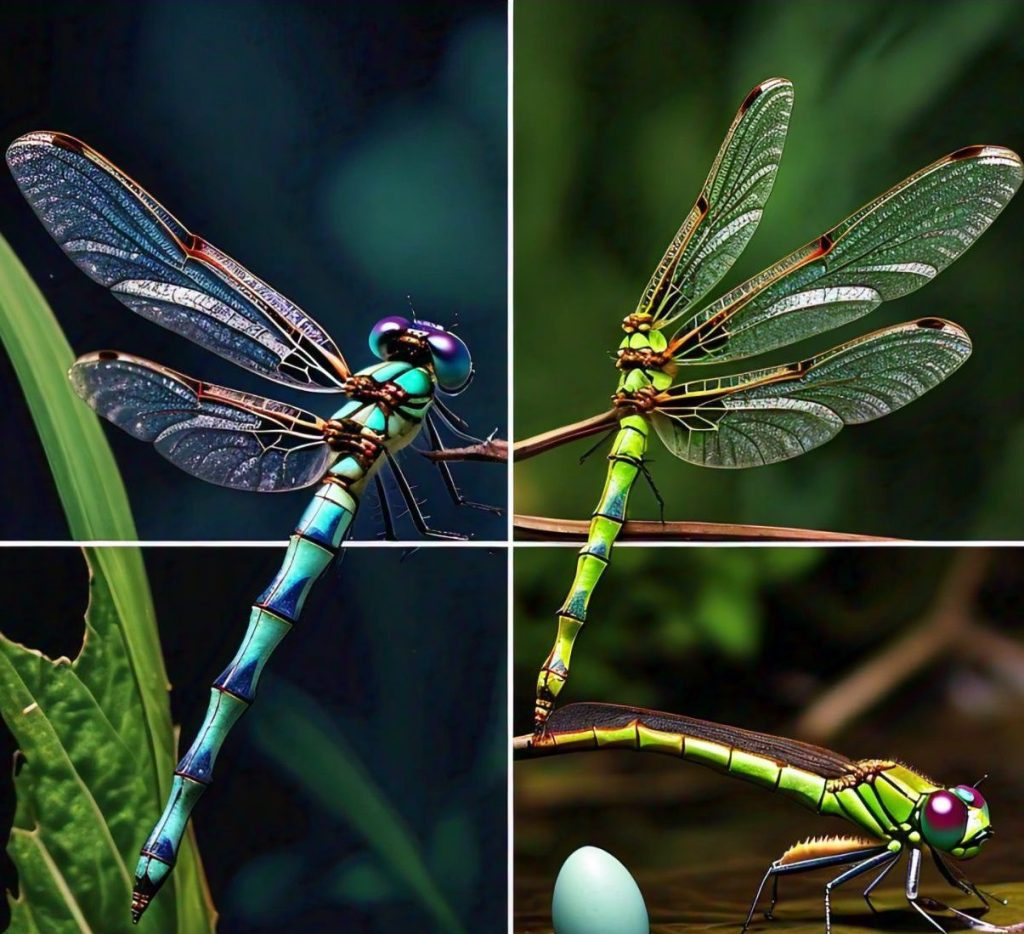
Types of Dragonflies
There are over 5,000 species of dragonflies worldwide, each with its unique characteristics. Here, we explore some of the most common and fascinating types.
- Blue Dragonflies: Known for their striking blue color, species like the Blue Dasher and the Azure Hawker are popular examples. These dragonflies are often found near ponds and lakes, where they patrol for prey. Blue dragonflies are also a favorite subject for nature photographers due to their vivid coloration.
- Black Dragonflies: Black dragonflies, such as the Black Saddlebags, are easily recognizable by their dark wings and body. They are commonly found in various habitats, including marshes and wetlands. Their stark appearance contrasts with the vibrant environments they inhabit.
- Giant Dragonflies: The Giant Darner is one of the largest dragonflies in North America, with a wingspan of up to 5 inches. Despite their size, they are agile fliers and skilled hunters. Giant dragonflies are often observed during the warmer months, patrolling territories near large water bodies.
- Common Green Darner: This species is one of the most widespread in North America. The bright green color of their thorax makes them easily identifiable. They are migratory and can be seen flying in swarms during certain seasons. The Green Darner plays a significant role in pollination, making them crucial to many ecosystems.
- Scarlet Skimmer: Known for their vibrant red color, the Scarlet Skimmer is a common sight in Asia. They are often seen perched near water bodies, basking in the sun. Their bold coloration serves as a warning to predators, signaling that they may be toxic or unpalatable.
Dragonfly Behavior and Habitat
Types of Dragonflies are primarily found near water sources such as ponds, rivers, and wetlands, as their nymphs require aquatic environments to develop. Adult dragonflies are highly territorial and can often be seen patrolling their chosen area for intruders or potential mates.
- Dragonfly Predators: While dragonflies are top predators of the insect world, they are not without their own predators. Birds, frogs, and spiders are among the most common predators of dragonflies. Their survival often depends on their speed and agility in evading these threats.
- Dragonfly Migration: Some dragonfly species, such as the Green Darner, undertake long migrations, traveling thousands of miles between their breeding and overwintering grounds. This migratory behavior is still not fully understood, but it is believed to be influenced by seasonal changes and the availability of food resources.
- Dragonfly Mating: Dragonfly mating is a complex process, often involving aerial acrobatics. Males are known to guard females after mating to ensure their genes are passed on. The mating process is an essential part of the dragonfly life cycle, as it ensures the continuation of the species.
Dragonfly vs. Damselfly: How to Tell the Difference
Types of Dragonflies and damselflies are often confused with each other due to their similar appearances. However, there are key differences:
- Wing Position: Dragonflies hold their wings out flat when at rest, while damselflies hold theirs together above their body. This distinction is one of the easiest ways to tell the two apart in the field.
- Body Structure: Dragonflies have a bulkier body compared to the slender, delicate body of damselflies. The differences in body structure reflect their distinct flight patterns and ecological roles.
- Dragonflies eyes: Dragonflies have large, compound eyes that cover most of their head, whereas damselflies have smaller eyes that are separated on either side of the head. This difference in eye structure is linked to their respective hunting strategies.
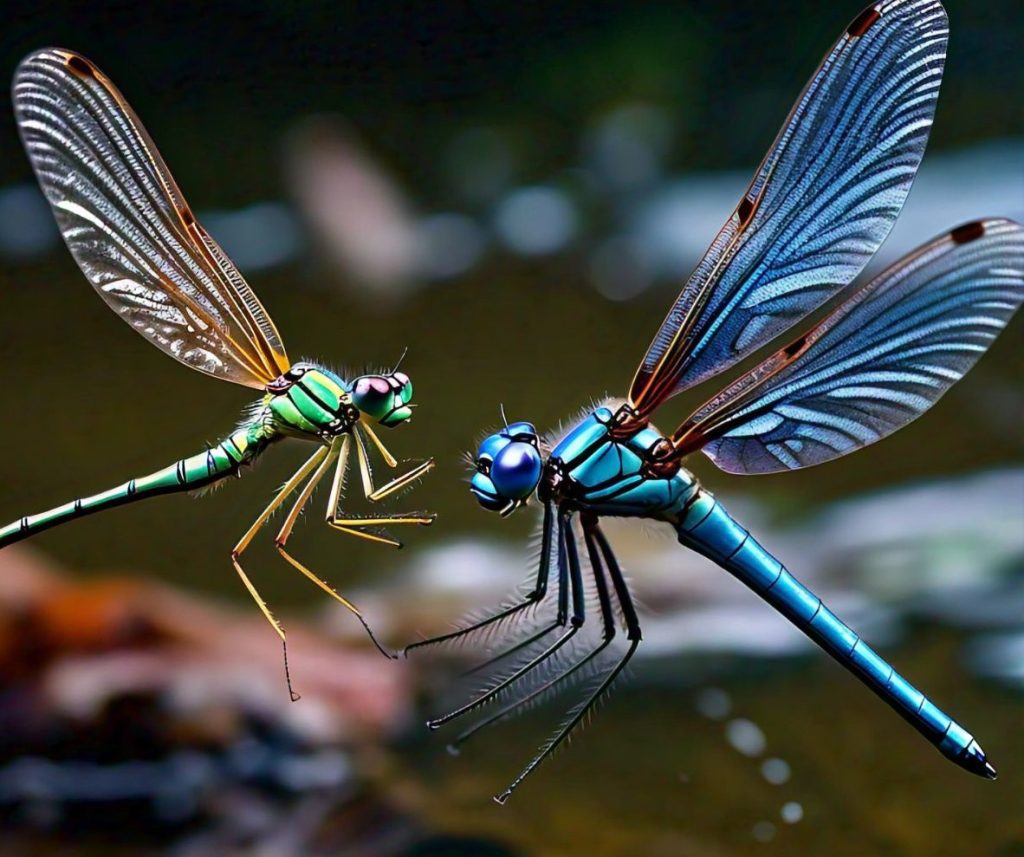
The Symbolism and Cultural Significance of Types of Dragonflies
Dragonflies have been symbols of change, transformation, and adaptability in various cultures around the world. In some Native American traditions, they are seen as messengers of wisdom, while in Japanese culture, dragonflies are symbols of courage and happiness. The dragonfly’s ability to move in all directions with ease is often associated with flexibility and adaptability.
Dragonfly Conservation and Threats
Despite their ecological importance, dragonflies face numerous threats, including habitat loss, pollution, and climate change. Conservation efforts are crucial to protect these creatures and their habitats.
- Dragonfish Conservation: Many organizations work to protect dragonfly habitats by restoring wetlands and promoting sustainable water management practices. These efforts are essential for preserving biodiversity and ensuring that dragonfly populations remain healthy.
- Threats: Urbanization, pesticide use, and the destruction of wetlands are some of the biggest threats to dragonfly populations. These threats not only impact dragonflies but also the ecosystems they are part of, leading to a decline in biodiversity.
Identifying Dragonflies
If you’re interested in identifying different types of dragonflies, here are some tips:
- Dragonfly Identification Chart: Use a dragonfly identification chart, which typically includes pictures and descriptions of various species, to help you identify dragonflies in the wild. This tool is invaluable for both amateur naturalists and seasoned entomologists.
- Dragonfly Identification Pictures: Carrying a guidebook or having access to identification pictures can be extremely helpful when trying to distinguish between similar species. High-quality images can reveal subtle differences in color patterns, wing venation, and body structure.
Dragonfly Adaptations
Types of Dragonflies have evolved several adaptations that make them successful predators:
- Flight Speed: Dragonflies can fly at speeds of up to 30 miles per hour, making them one of the fastest insects. Their speed, coupled with their ability to change direction instantly, makes them formidable hunters.
- Diet: Their diet mainly consists of smaller insects, which they catch mid-flight with their spiny legs. This dietary habit plays a critical role in controlling populations of pests like mosquitoes, highlighting the ecological importance of dragonflies.
- Reproduction: Dragonflies lay their eggs in water or on aquatic plants, ensuring that their larvae have the best chance of survival. The location of egg-laying can vary widely among species, with some preferring still waters and others laying eggs in fast-flowing streams.
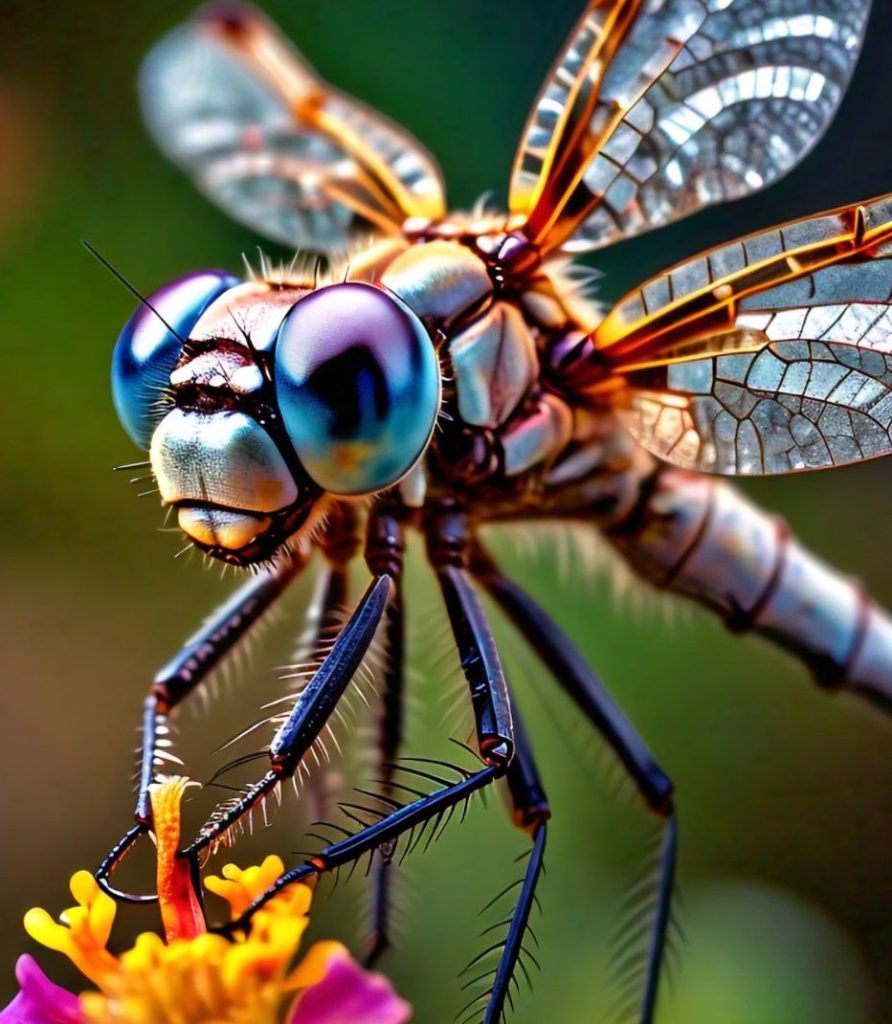
Conclusion
Dragonflies are not just another insect; they are vital to the ecosystem, beautiful in their diversity, and fascinating in their behaviors. By understanding the different types of dragonflies and their unique characteristics, you can appreciate the role they play in nature. Whether you’re a nature enthusiast, a photographer, or simply someone curious about the natural world, dragonflies offer a wealth of interest and beauty.
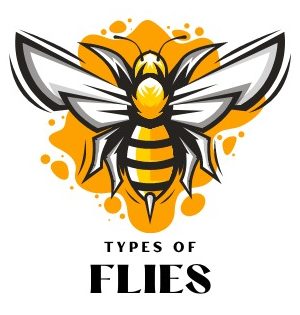
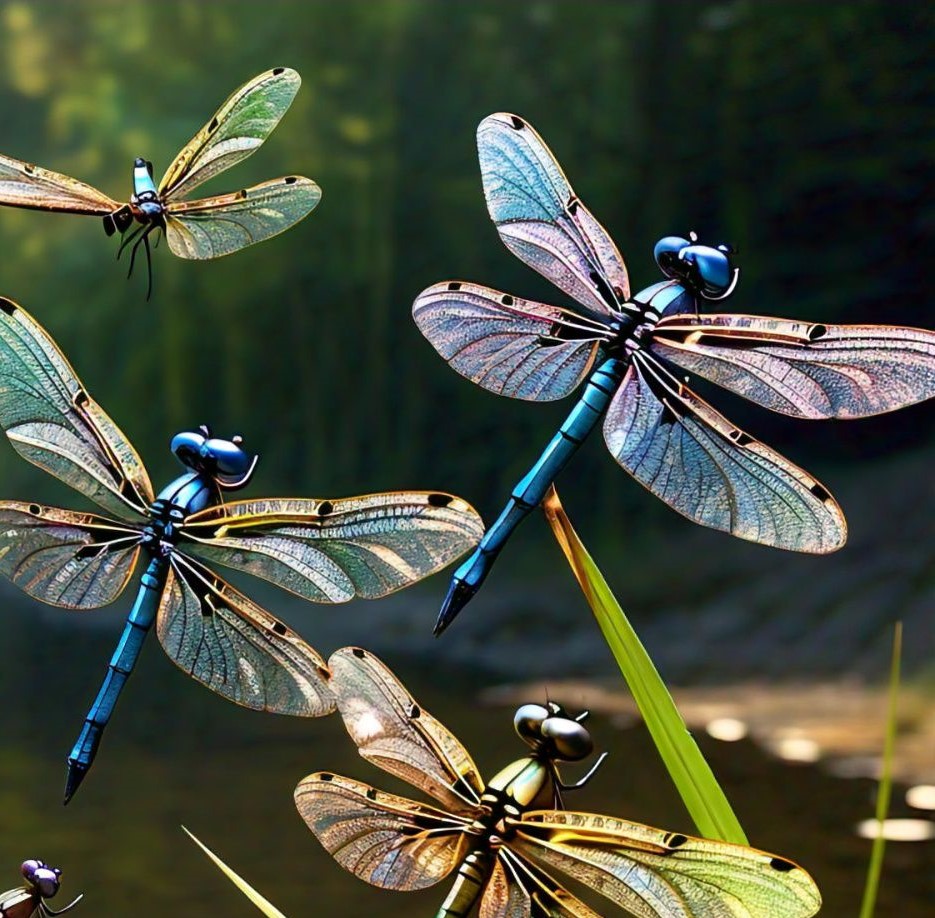
[…] the best insecticide for flies requires a combination of knowledge and the right products. Flies are not just a nuisance; they can […]